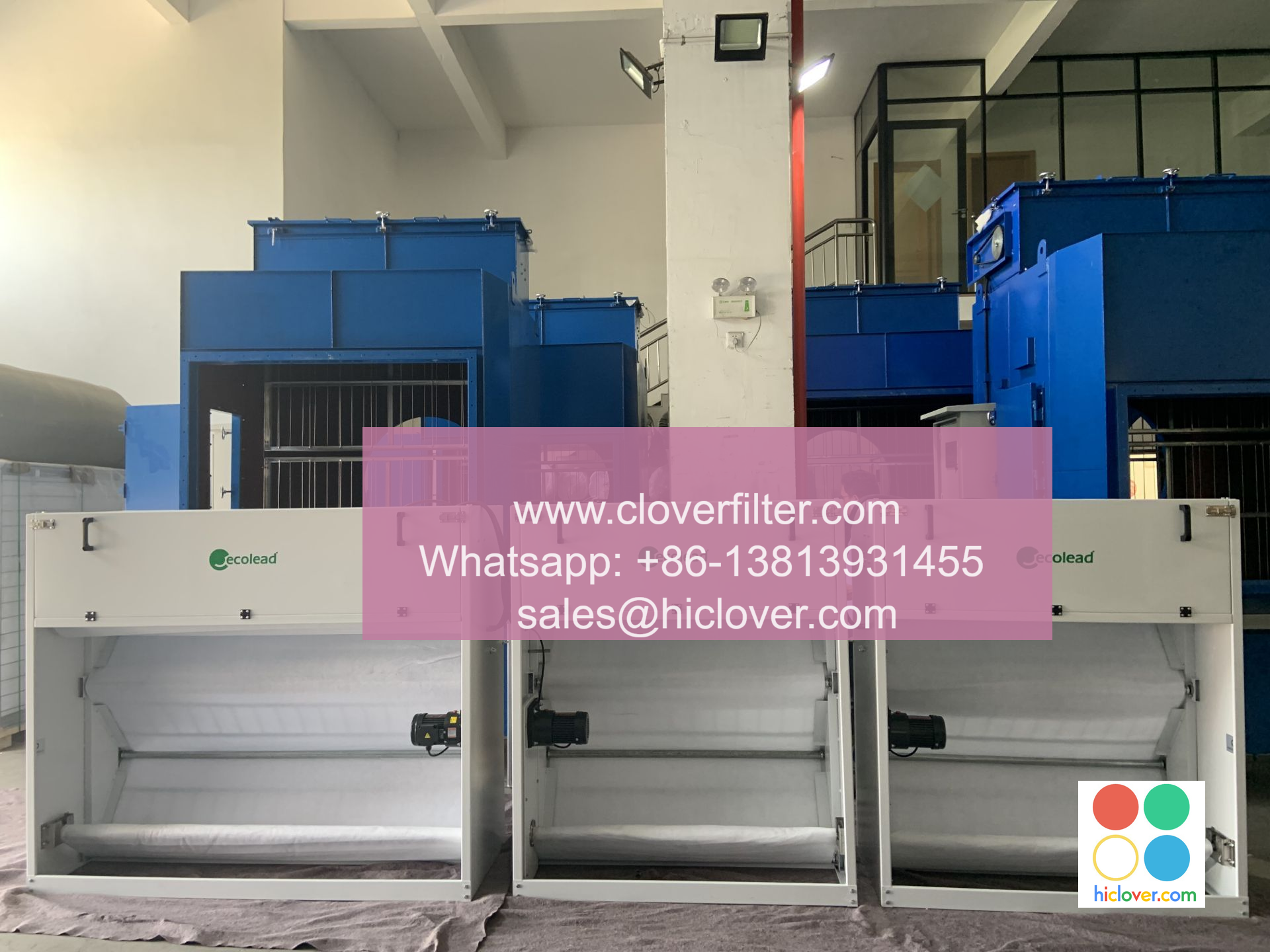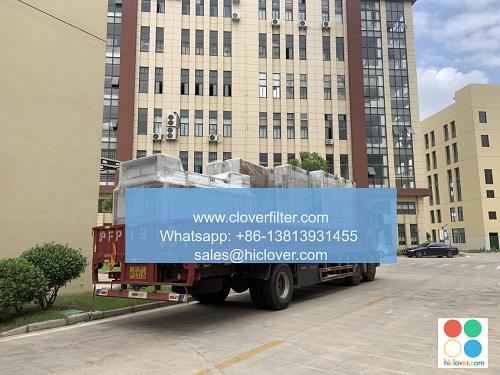The Connection between Air Filters and Noise Reduction in Commercial Spaces

In commercial spaces, maintaining a comfortable and productive environment is crucial for employees, customers, and overall business operations. Two essential aspects of achieving this comfort are indoor air quality (IAQ) and noise reduction. While air filters are primarily designed to improve IAQ by removing pollutants and particles from the air, they can also play a significant role in reducing noise levels. In this article, we will explore the connection between air filters and noise reduction in commercial spaces, highlighting various application areas and key technologies.
Understanding the Basics of Air Filters and Noise Reduction
Air filters are designed to capture airborne particles, gases, and other pollutants, improving the overall IAQ in commercial spaces. However, some air filters can also contribute to noise reduction by absorbing sound waves and minimizing airflow noise. This is particularly important in open-plan offices, call centers, and healthcare facilities, where excessive noise can be distracting, stressful, and even harmful to occupants.
Types of Air Filters for Noise Reduction
Several types of air filters can help reduce noise levels in commercial spaces, including:
* Activated carbon filters: These filters are designed to capture gases and odors, but they can also absorb sound waves due to their porous structure.
* HEPA (High Efficiency Particulate Air) filters: While primarily designed to capture particles, some HEPA filters can also reduce airflow noise due to their dense fiber structure.
* Acoustic air filters: These specialized filters are designed specifically for noise reduction, using materials like sound-absorbing foams and perforated metals to minimize sound waves.
Application Areas for Air Filters and Noise Reduction
The connection between air filters and noise reduction is relevant in various commercial spaces, including:
* Office buildings: Open-plan offices, conference rooms, and call centers can benefit from air filters that reduce noise levels and improve IAQ.
* Healthcare facilities: Hospitals, clinics, and nursing homes require quiet environments to ensure patient comfort and recovery. Air filters can help minimize noise levels while maintaining good IAQ.
* Education institutions: Classrooms, libraries, and lecture halls can benefit from air filters that reduce noise levels and improve IAQ, promoting a better learning environment.
* Industrial facilities: Manufacturing plants, warehouses, and other industrial spaces can use air filters to reduce noise levels and improve IAQ, protecting workers’ health and safety.
Key Technologies for Air Filter-Enabled Noise Reduction
Several key technologies can enhance the noise-reducing capabilities of air filters, including:
* Silencer technology: Some air filters incorporate silencer technology, which uses sound-absorbing materials to minimize airflow noise.
* Aerodynamic design: Air filters with aerodynamic designs can reduce airflow noise by minimizing turbulence and optimizing airflow patterns.
* Smart filtration systems: Some air filtration systems can be integrated with noise-sensing technologies to optimize noise reduction and IAQ improvement.
Conclusion
In conclusion, the connection between air filters and noise reduction in commercial spaces is a significant one. By understanding the basics of air filters and noise reduction, and by selecting the right types of air filters and technologies, businesses and organizations can create more comfortable, productive, and healthy environments for their occupants. As indoor air quality and noise reduction continue to be important considerations in commercial spaces, the role of air filters in achieving these goals will only continue to grow. It seems like you haven’t provided a specific prompt or question for me to address. Could you please provide more details or clarify what you would like to discuss? I’m here to help with any topic or question you have.

